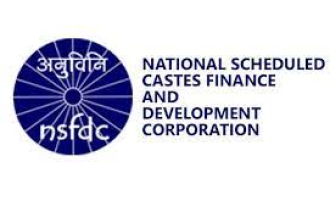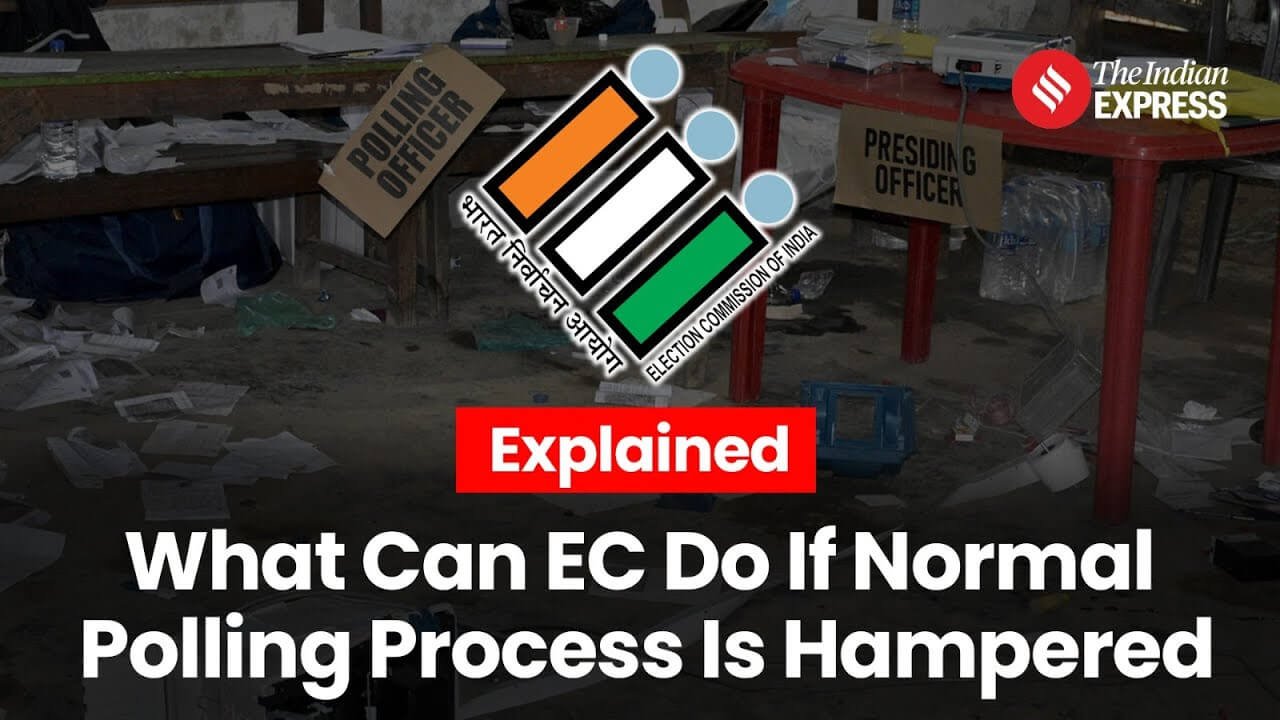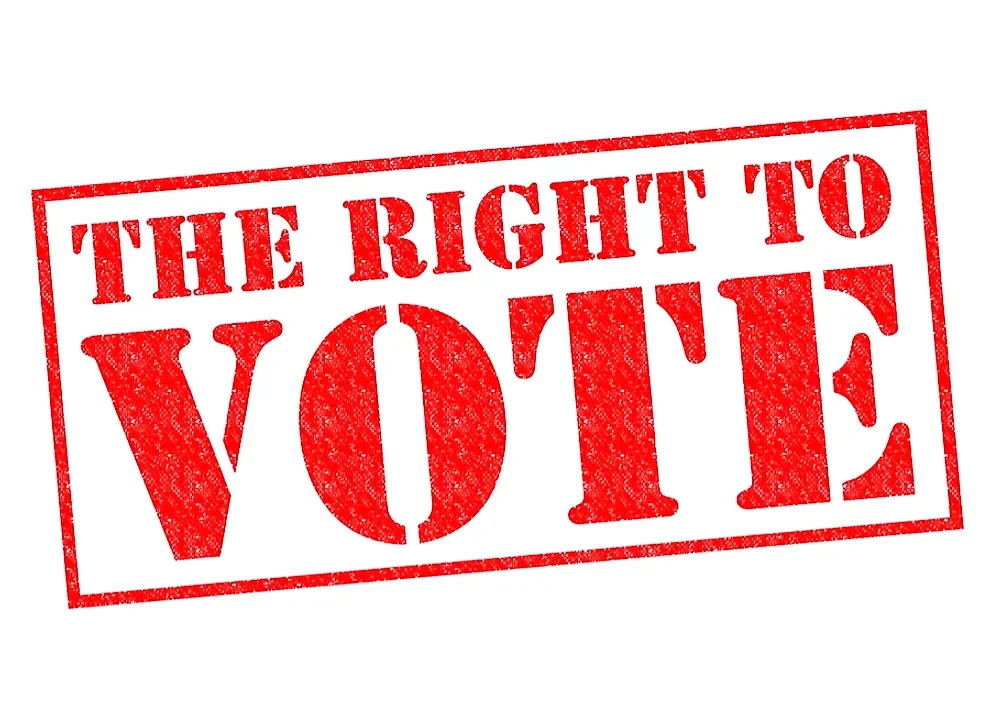
Guidelines to Curb Dark Patterns
Subscribers of "Current Affairs" course can Download Daily Current Affairs in PDF/DOC
Subscribe to Never Miss an Important Update! Assured Discounts on New Products!
Must Join PMF IAS Telegram Channel & PMF IAS History Telegram Channel
- Context (TH): The Consumer Affairs Secretary stated that certain online malpractices by airlines and travel portals, using “dark patterns” in the website interface to deceive consumers, are “cybercrime.”
- Dark pattern is a deceptive practice employed to influence user behaviour in a way that benefits the company implementing it.
- For example, when we receive a pop-up request for personal information, we find locating the ‘reject or close’ link/button challenging.
- Protection: Deceptive patterns that manipulate consumer choice and impede their right to be well-informed constitute unfair practices prohibited under the Consumer Protection Act 2019.
Guidelines to Curb Dark Patterns
- In September 2023, the Ministry of Consumer Affairs (MoCA) released draft guidelines to curb “dark patterns” online platforms use.
- The objective is to identify and define tactics as dark patterns so the MoCA can act against platforms indulging in this under Section 18 of the Consumer Protection Act, 2019.
- According to the draft document, “dark patterns” encompass:
- Any practices or deceptive design patterns within UI/UX (user interface/experience) interactions.
- Purposefully crafted manipulative triggers that trick the user into taking an action.
- Undermining consumer autonomy, decision-making, or choice, ultimately leading to misleading advertising, unfair trade practices, or violations of consumer rights.
- The document specifies ten types of dark patterns: False urgency, basket sneaking, confirm shaming, forced action, subscription trap, interface interference, bait and switch, drip pricing, disguised advertising, and nagging.
Dark patterns with examples
- False Urgency: Falsely stating the urgency/scarcity to make someone buy something quickly. (E.g., Hurry Up! Only a few are left in stock).
- Basket sneaking: Inclusion of additional items such as products, services, payments to charity/donation at the time of checkout from a platform without the user’s consent.
- Confirm shaming: Using a phrase, video, audio, or any other means to create a sense of fear, shame, ridicule, or guilt in the user’s mind to nudge the user to act in a certain way.
- Forced action: Forcing a user into taking an action requiring the user to buy any additional good(s) or subscribe or sign up for an unrelated service.
- Nagging: Users face an overload of requests, information, options, or interruptions.
- Bait and switch: Advertising a particular outcome based on the user’s action but deceptively serving an alternate outcome.
- Interface interference: A design element that manipulates the user interface to highlight certain specific information and obscure other relevant information.
- For instance, On IndiGo’s mobile application, the skip option is placed in the top right corner but displayed in a tiny font.





![PMF IAS Environment for UPSC 2022-23 [paperback] PMF IAS [Nov 30, 2021]…](https://pmfias.b-cdn.net/wp-content/uploads/2024/04/pmfiasenvironmentforupsc2022-23paperbackpmfiasnov302021.jpg)











